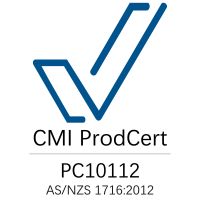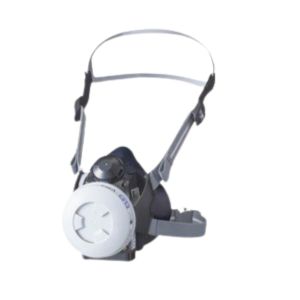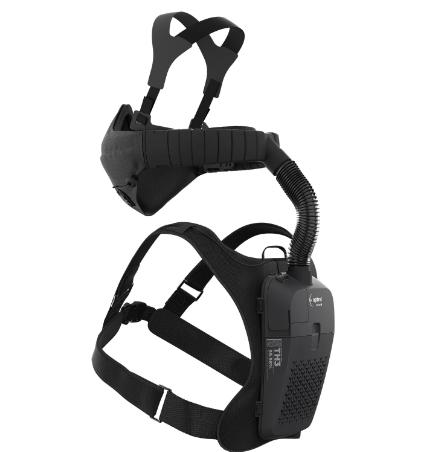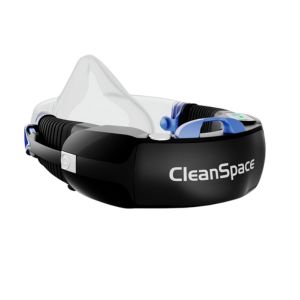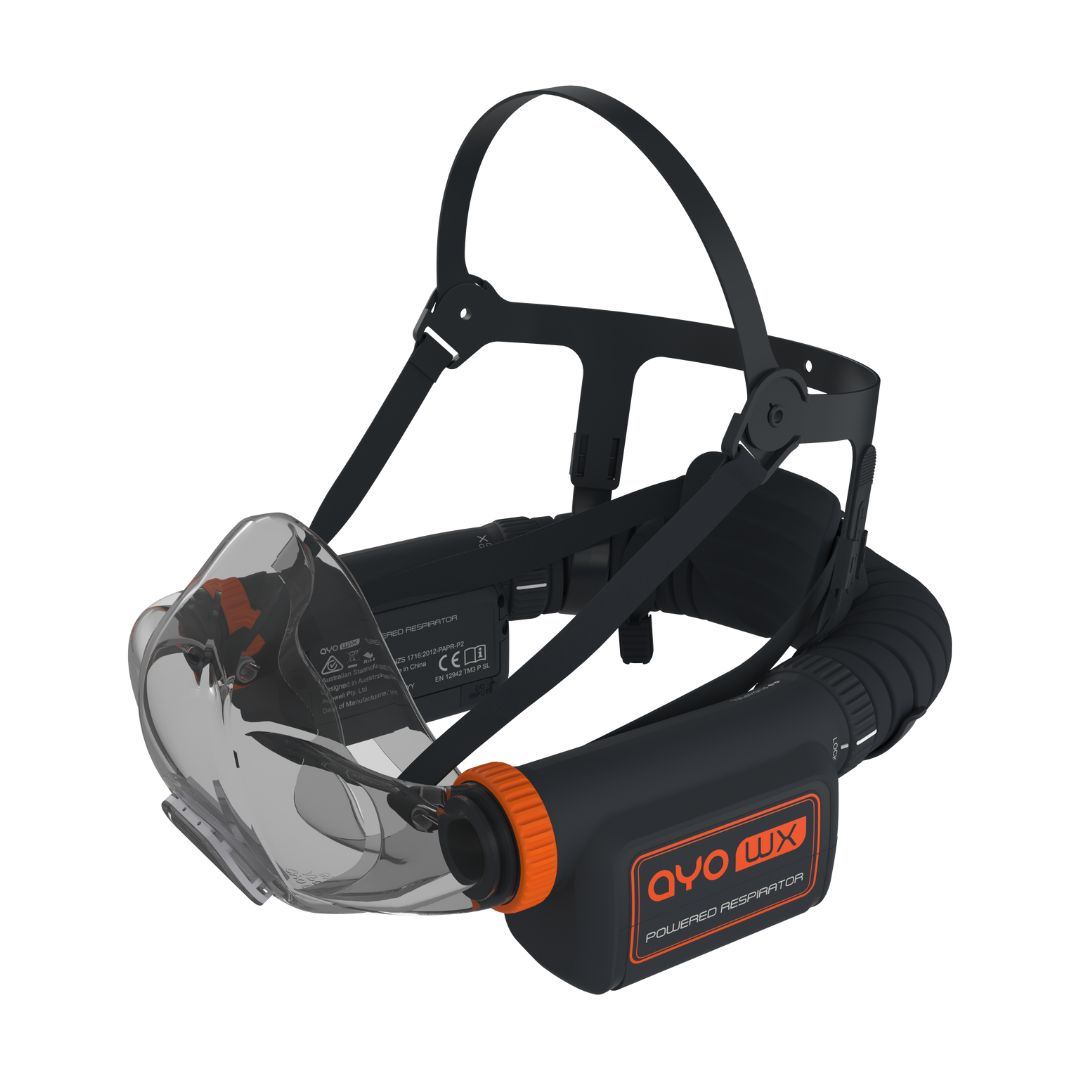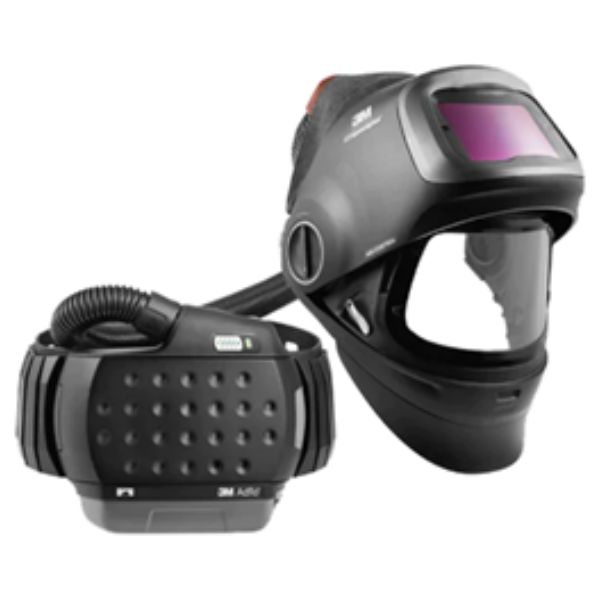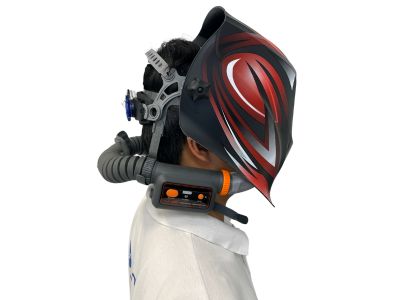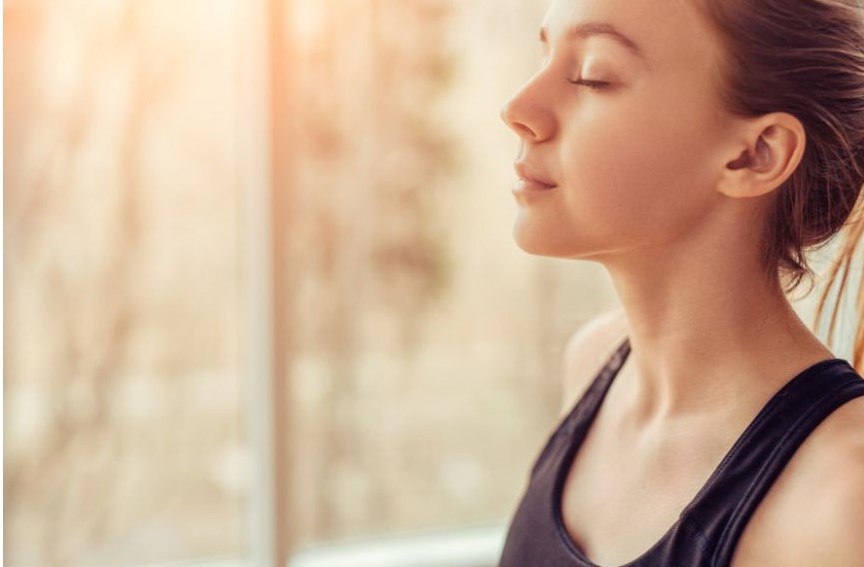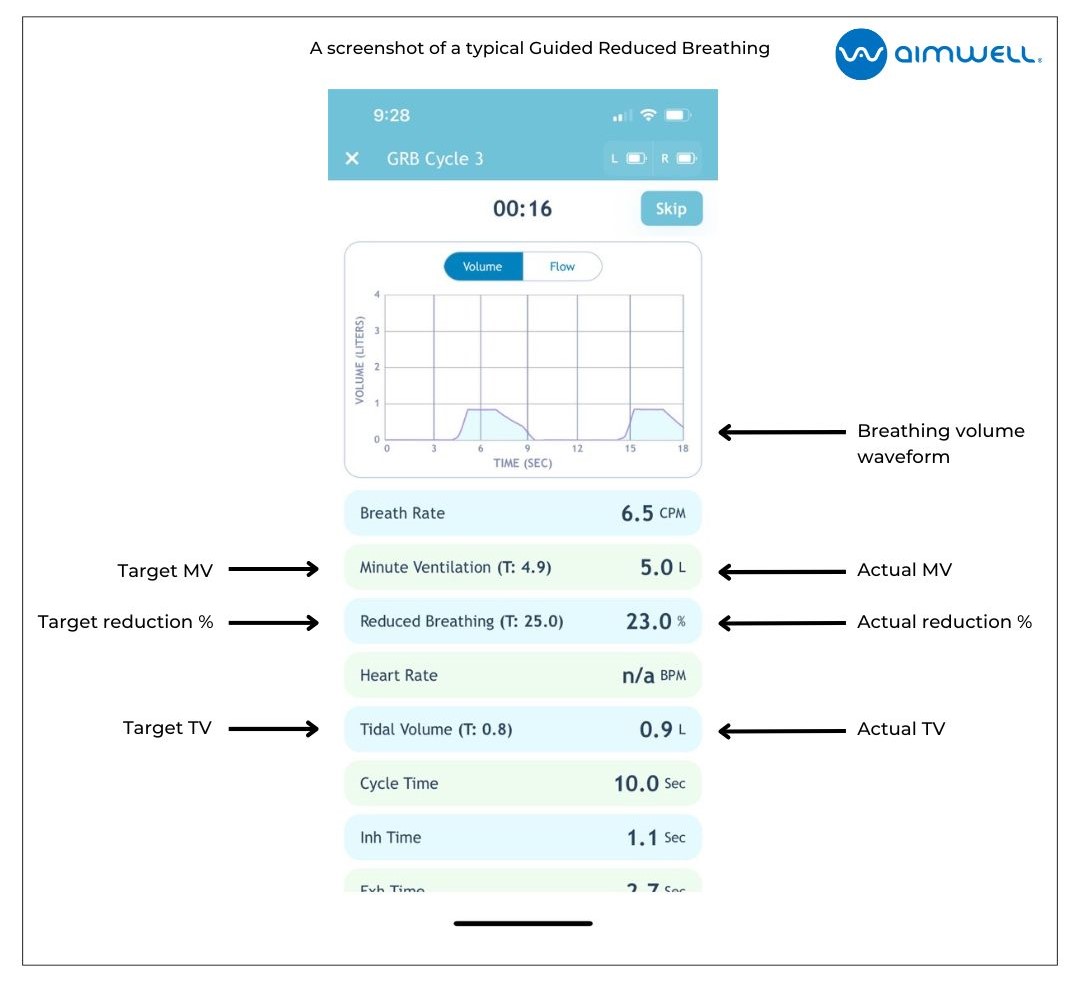What is Around-neck AYO WX PAPR Series Good About
There are many kinds of PAPRs on the market, and if we categorize them based on their structural styles, we could have the following categories:
- On-facepiece
- In-helmet
- Hose & Belt – Facepiece
- Hose & Belt – Helmet/Hood
- Around-neck
Here is a quick go-through of them.
On-facepiece
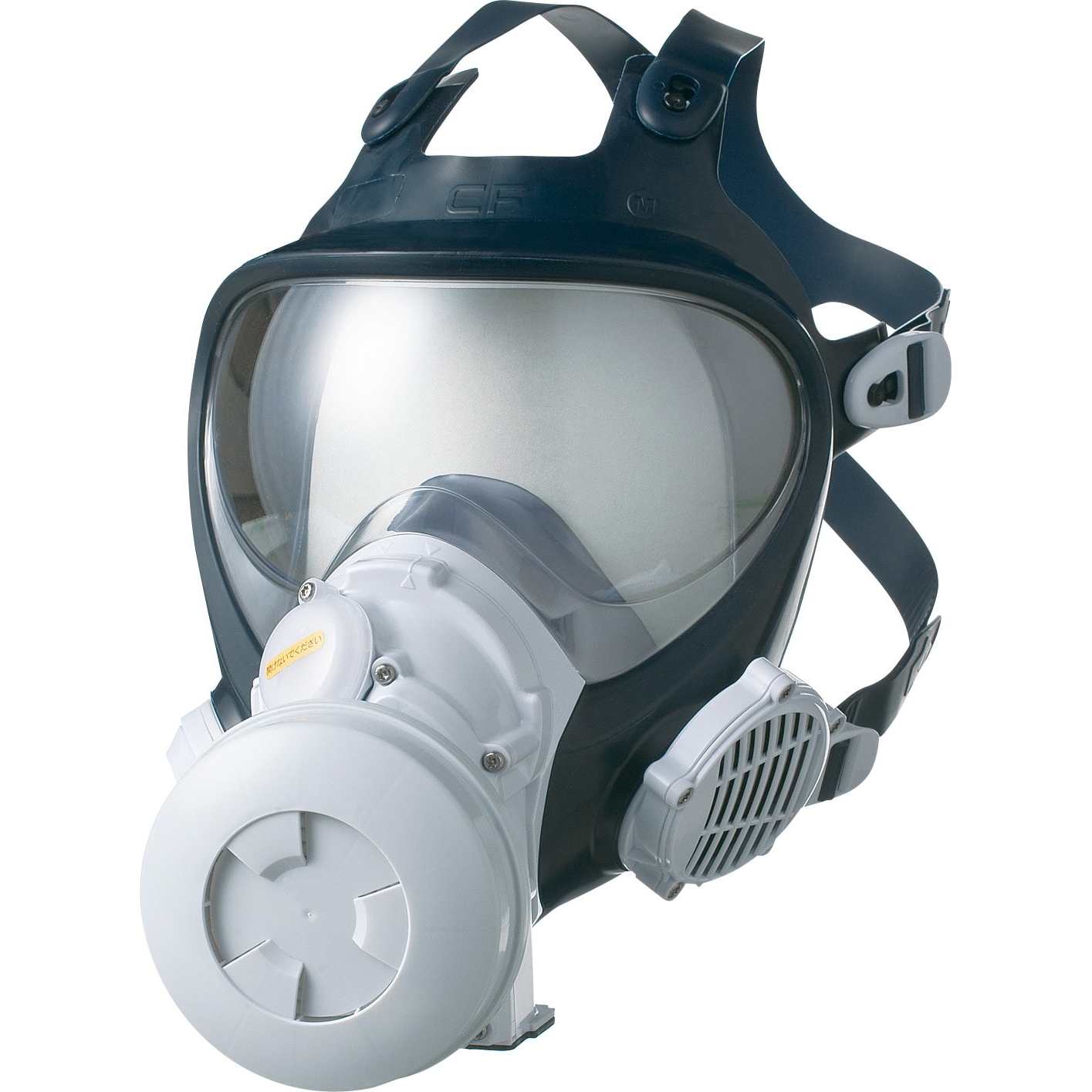 |
 |
- Compact
- Heavy on the face
- Affect downward vision and work
- Difficult to use in confined spaces
- Difficult to implement on half facepiece
In-helmet
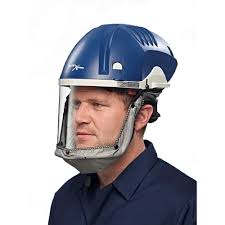 |
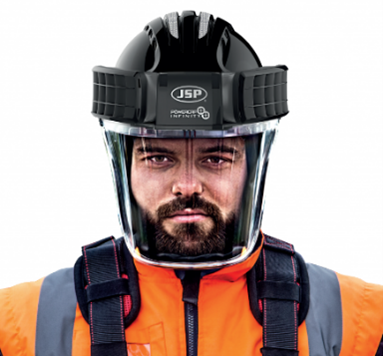 |
- Include head protection by design
- Heavy on the top – difficult for downward work
- Difficult to use in confined spaces
- Loose-fitting only – lower protection
- Not feasible to half-facepiece
- No choice but to wear the helmet even if you don’t want to
Hose & Belt + Facepiece
 |
 |
- Hose-on-face affects work and vision
- Hose affects mobility
- Difficult to use in confined spaces
- Troublesome to don and doff
Hose & Belt + Helmet/Hood
 |
 |
- Include head/eye protection
- Hose affects mobility
- Difficult to use in confined spaces
- Troublesome to don and doff
- Not feasible to half-facepiece
- Loose-fitting only
- No choice but to wear the helmet or hood even if you don’t want to
Around-neck AYO WX PAPR Series

AYO WX FFM-LF
LOOSE-FITTING
DOUBLE-SEAL
STANDARD
AYO WX HFM
SPEECH-ENHANCED
WELDING
- Low profile on the face
- Good mobility
- Easy to don and doff
- Can work with half-facepiece and full-facepiece
- Flexible to add other PPE
It can be appreciated that the Around-neck AYO WX PAPR series is more practical and flexible than all other styles:
- With low-profile facepieces that matter most when doing challenging hard work including downward work and in confined spaces.
- No top-heavy helmet-mount PAPR that affects downward work.
- No hose & Belt that affect mobility and working in confined spaces.
- As it is around the neck, it is compatible with most common helmets, earmuffs, etc.
- It allows flexibility of half-facepiece, full-facepiece, with or without a helmet, use of common and non-integrated helmets, including common welding helmets, etc.
Equipped with a world-leading breath-responsive flow control technology, the AYO WX PAPR series is capable of producing over 200 L/min peak flow when needed, yet it can work efficiently for up to 16 hours with a much smaller and lighter battery than in those of constant flow PAPRs.
By using advanced and smart technologies, AYO WX can be fitted around the neck, which demonstrates the best location to fit a PAPR for doing a wide range of industrial works.
AYO WX Around-neck PAPR Series is proudly invented, designed, and optimized in Australia by Aimwell.

